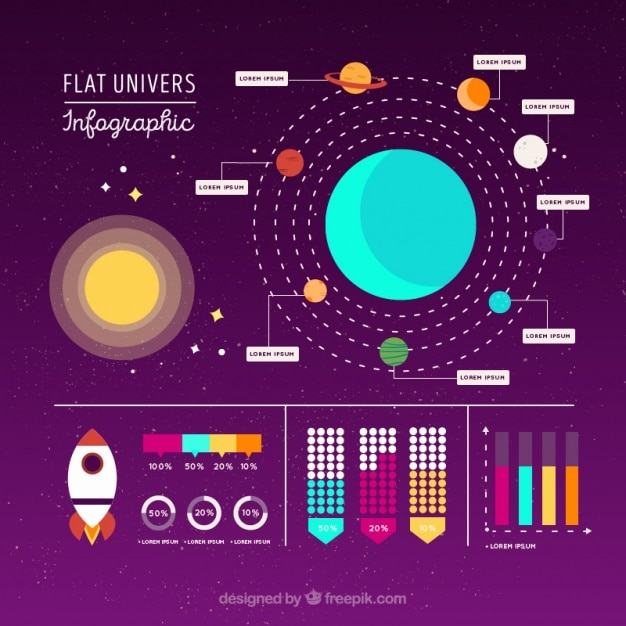Fascinating Facts about Elliptical Galaxies

Elliptical galaxies are the most common type of galaxy in the universe.
Elliptical galaxies are shaped like a flattened ball or a rugby ball.
The stars in elliptical galaxies are older and redder compared to other types of galaxies.
Elliptical galaxies can range in size from tiny dwarf galaxies to massive giants.
Elliptical galaxies lack spiral arms and contain mostly old stars.
The largest known elliptical galaxy is IC 1101, which is about 50 times the size of our Milky Way.
Elliptical galaxies can contain anywhere from a few million to several trillion stars.
These galaxies get their name from their elliptical shape, which can vary from nearly spherical to highly elongated.
Elliptical galaxies are often found in galaxy clusters and groups.
Most elliptical galaxies have relatively little interstellar gas and dust.
Elliptical galaxies are considered to be the retired galaxies of the universe as they no longer actively form new stars.
The stars in elliptical galaxies orbit in random directions, unlike the ordered motion of stars in spiral galaxies.
Some elliptical galaxies have a central supermassive black hole at their core.
Elliptical galaxies can have a wide range of colors, from red to blue, depending on the ages of their stars.
The shape of an elliptical galaxy is a result of violent mergers and interactions with other galaxies.
Elliptical galaxies are so massive that their gravitational pull can distort spacetime.
Fascinating Facts about Elliptical Galaxies part 2
The size of an elliptical galaxy is directly related to the mass of its central black hole.
Elliptical galaxies are thought to have formed through either the collision and merging of smaller galaxies or through the collapse of massive gas clouds.
The oldest known galaxies in the universe are elliptical galaxies.
Some elliptical galaxies have multiple cores, which could be a result of galactic cannibalism.
Elliptical galaxies are less likely to have ongoing star formation compared to spiral galaxies.
The stars in elliptical galaxies are densely packed and have a higher average density compared to other types of galaxies.
Elliptical galaxies have less gas and dust, making them less dusty and nebulous in appearance.
The luminosity of an elliptical galaxy depends on the size and total number of its stars.
Elliptical galaxies can exhibit a faint halo of stars surrounding them.
The stellar populations in elliptical galaxies are mostly old, with little to no ongoing star formation.
Elliptical galaxies can be found in a variety of different stellar environments.
The majority of the stars in elliptical galaxies are older than the Sun.
The outskirts of elliptical galaxies can contain low-mass globular clusters.
Elliptical galaxies often have large amounts of dark matter, which helps to maintain their shape and provide extra gravitational pull.
The elliptical shape of these galaxies is a result of their random and chaotic formation process.
Elliptical galaxies can have different levels of rotation, with some rotating slowly and others spinning rapidly.
The size of an elliptical galaxy is determined by the number and distribution of its stars.
The stars in elliptical galaxies are more densely packed towards the center, creating a higher concentration of stellar mass.
Elliptical galaxies are less likely to have active galactic nuclei compared to other types of galaxies.
The massive black holes at the centers of elliptical galaxies can influence the surrounding stars and gas.
Elliptical galaxies have a lower rate of star formation and lower levels of gas compared to spiral galaxies.
The structure of elliptical galaxies can be described using mathematical models based on the distribution of their stars.
Some elliptical galaxies exhibit strong X-ray emission, indicating the presence of hot gas.
Elliptical galaxies are more common in galaxy clusters compared to isolated environments.
The distribution of stellar orbits in elliptical galaxies can be used to infer the presence of dark matter.
Elliptical galaxies continue to grow by merging with other galaxies.
Elliptical galaxies can have different shapes of their isophotes, which are contours of constant brightness.
The evolution of an elliptical galaxy is mostly driven by gravitational interactions rather than internal processes.
Elliptical galaxies can be some of the oldest and most massive objects in the universe.

